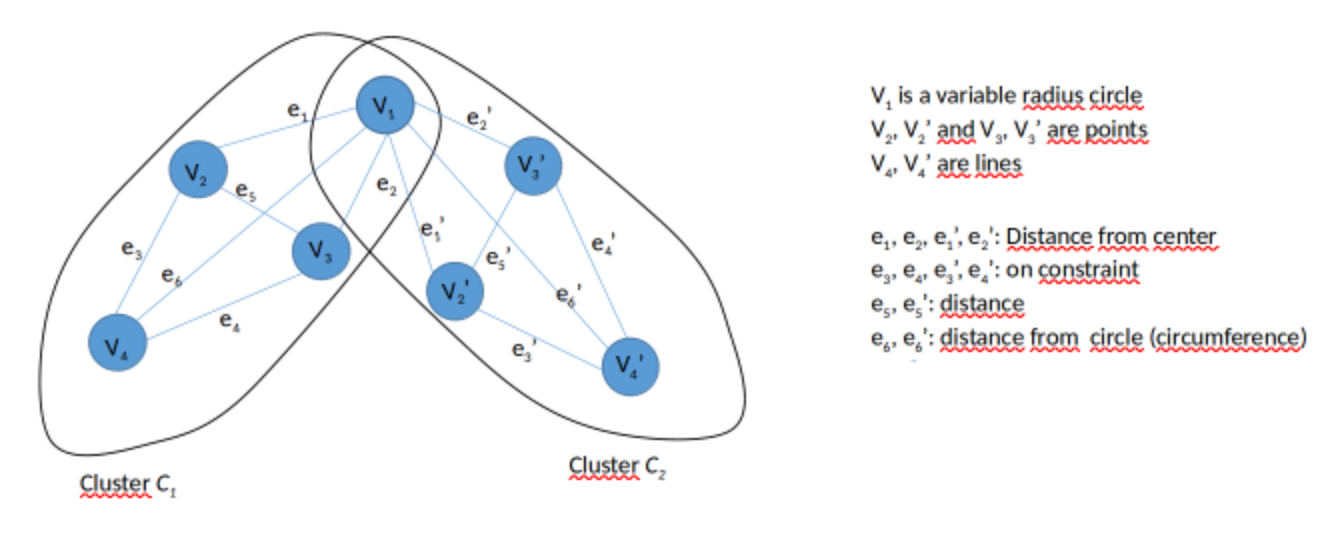Home » Single publication
Tree Decomposable and Underconstrained Geometric Constraint Problems
I. Fudos, C. Hoffmann, R. Joan-Arinyo
Chapter 23 in Handbook of Geometric Constraints Principles, edited by Meera Sitharam, Audrey St.John and Jessica Sidman. Mathematics series, CRC press
Abstract
In this paper, we are concerned with geometric constraint solvers, i.e., with programs that find one or more solutions of a geometric constraint problem. If no solution exists, the solver is expected to announce that no solution has been found. Owing to the complexity, type or difficulty of a constraint problem, it is possible that the solver does not find a solution even though one may exist. Thus, there may be false negatives, but there should never be false positives. Intuitively, the ability to find solutions can be considered a measure of solver's competence. We consider static constraint problems and their solvers. We do not consider dynamic constraint solvers, also known as dynamic geometry programs, in which specific geometric elements are moved, interactively or along prescribed trajectories, while continually maintaining all stipulated constraints. However, if we have a solver for static constraint problems that is sufficiently fast and competent, we can build a dynamic geometry program from it by solving the static problem for a sufficiently dense sampling of the trajectory of the moving element(s). The work we survey has its roots in applications, especially in mechanical computer-aided design (MCAD). The constraint solvers used in MCAD took a quantum leap in the 1990s. These approaches solve a geometric constraint problem by an initial, graph-based structural analysis that extracts generic subproblems and determines how they would combine to form a complete solution. These subproblems are then handed to an algebraic solver that solves the specific instances of the generic subproblems and combines them.
close




